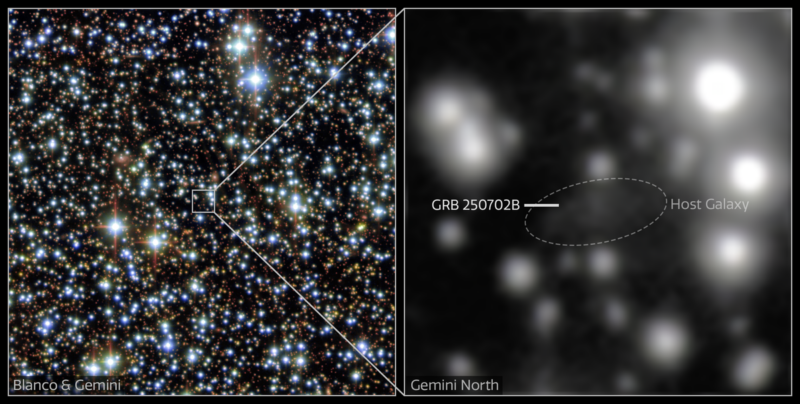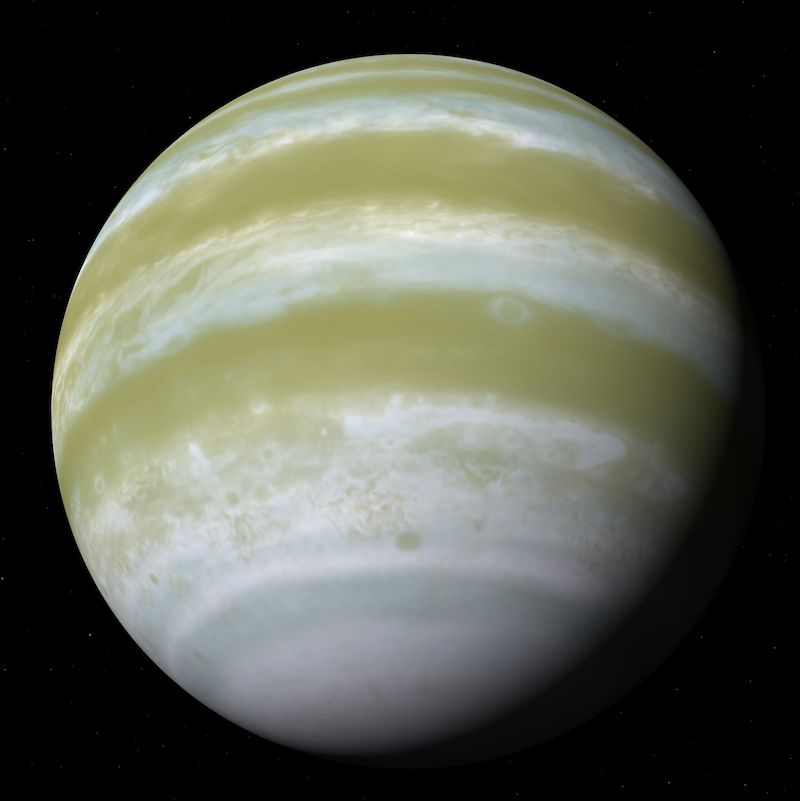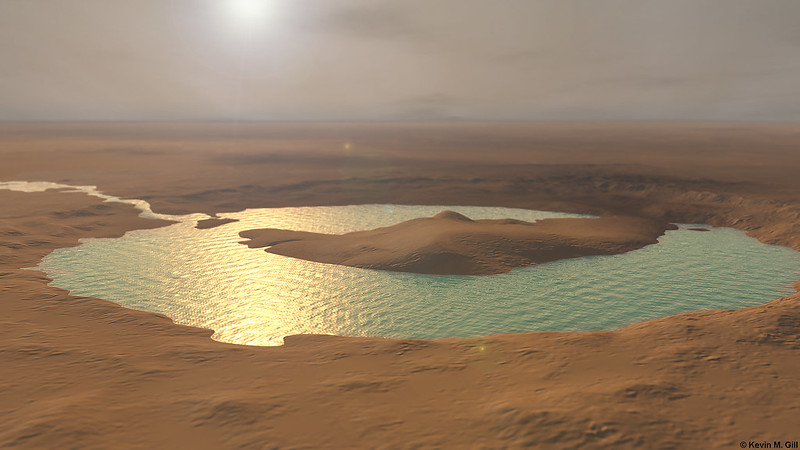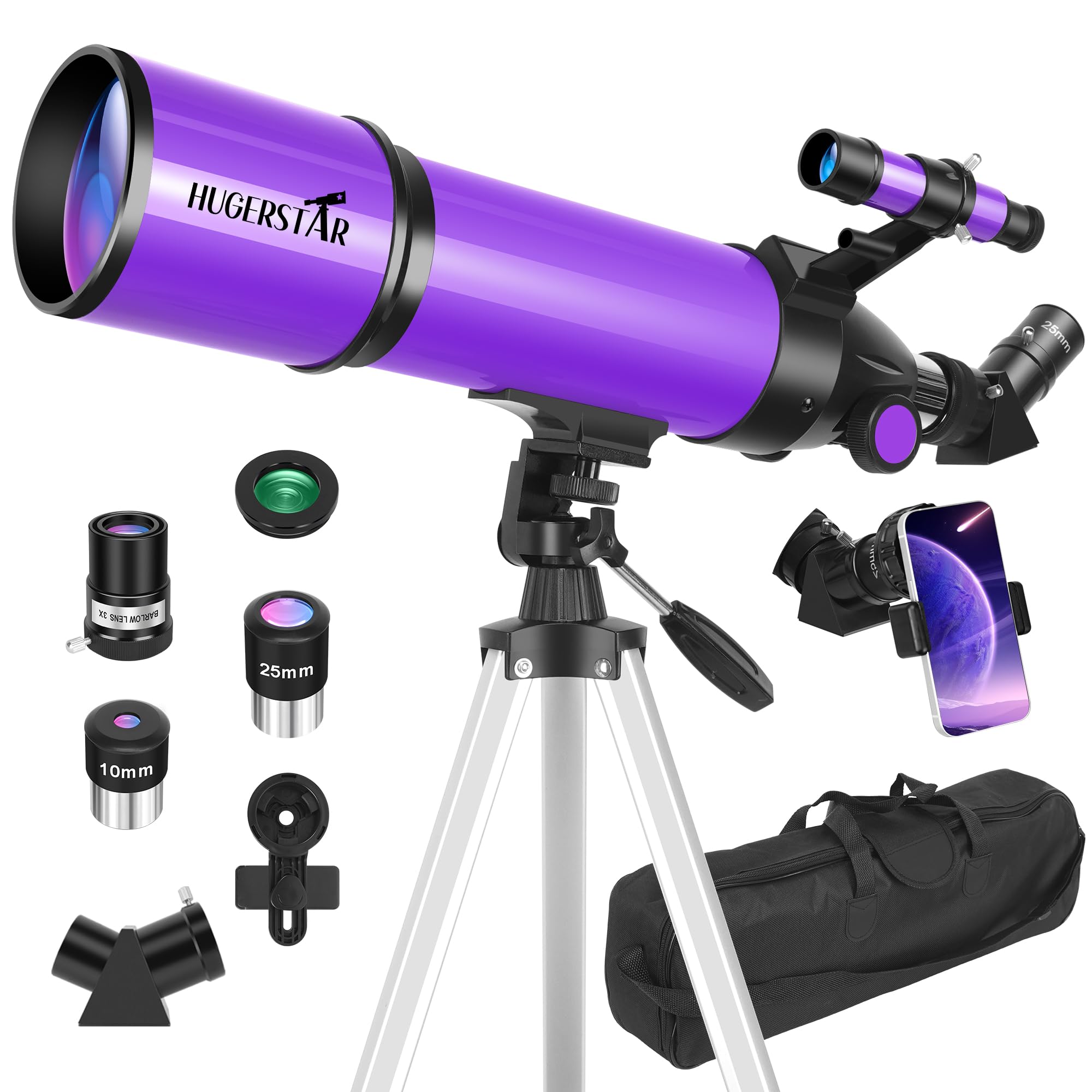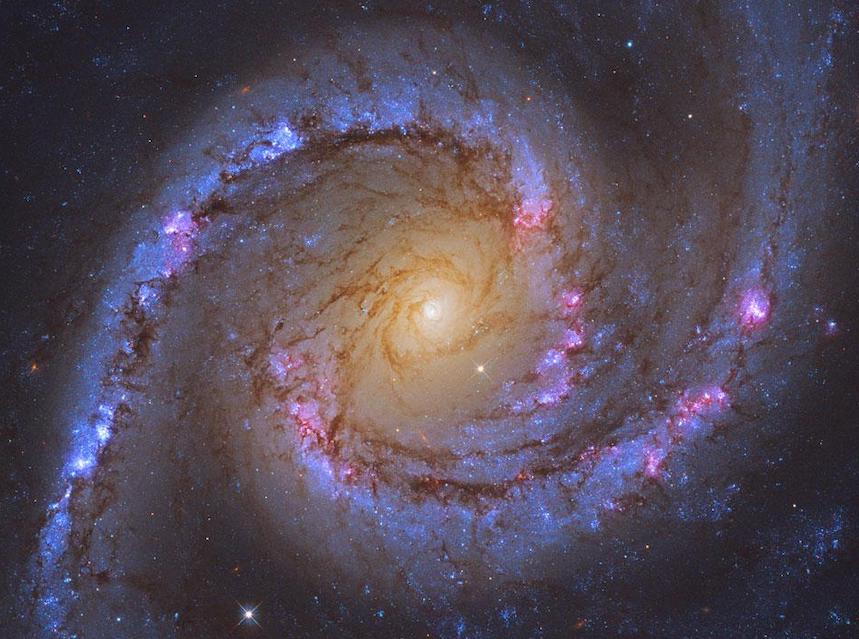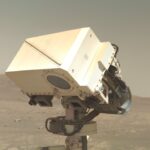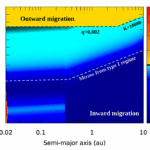Now Reading: Interstellar visitor 3I/ATLAS might be oldest comet yet seen
-
01
Interstellar visitor 3I/ATLAS might be oldest comet yet seen
Interstellar visitor 3I/ATLAS might be oldest comet yet seen


- Interstellar comet 3I/ATLAS is speeding toward the sun and through our solar system. It’s only the 3rd interstellar visitor we’ve spotted in our neighborhood.
- The interstellar comet might be 7 billion years old, or 3 billion years older than our own solar system, said astronomers from the University of Oxford.
- Astronomers have modeled the comet’s orbit through the Milky Way. It visits more of the outer disk, while the sun stays near the galactic plane.
The Royal Astronomical Society published this original article on July 11, 2025. Edits by EarthSky.
Interstellar visitor 3I/ATLAS might be the oldest comet we’ve seen
A mystery interstellar object discovered last week is likely the oldest comet we’ve ever seen. It might even predate our solar system by more than 3 billion years, researchers said.
The water ice-rich visitor, named 3I/ATLAS, is only the 3rd-known object from beyond our solar system that we’ve spotted in our cosmic neighborhood. And it’s the first to reach us from a completely different region of our Milky Way galaxy.
It could be more than 7 billion years old, according to University of Oxford astronomer Matthew Hopkins. And it’s perhaps the most remarkable interstellar visitor yet. Hopkins discussed his findings at the Royal Astronomical Society’s National Astronomy Meeting 2025 in Durham, U.K., on July 11.
3I/ATLAS and its path toward the sun
Unlike the previous two objects to enter our solar system from elsewhere in the cosmos, 3I/ATLAS appears to be traveling on a steep path through the galaxy. Its trajectory suggests it originated from the Milky Way’s thick disk, the core population of ancient stars orbiting above and below the thin plane where the sun and most stars reside. Hopkins said:
All non-interstellar comets such as Halley’s comet formed with our solar system, so are up to 4.5 billion years old.
But interstellar visitors have the potential to be far older, and of those known about so far our statistical method suggests that 3I/ATLAS is very likely to be the oldest comet we have ever seen.

A water-ice rich object
The ATLAS survey telescope in Chile first spotted the object on July 1, 2025. At that time, it was about 420 million miles (670 million km) from the sun.
Hopkins’ research predicts that, because 3I/ATLAS likely formed around an old, thick-disk star, it should be rich in water ice.
Co-author Chris Lintott and presenter of the BBC’s The Sky at Night said:
This is an object from a part of the galaxy we’ve never seen up close before.
We think there’s a 2/3 chance this comet is older than the solar system, and that it’s been drifting through interstellar space ever since.

The interstellar comet should grow a tail
As it approaches the sun, sunlight will heat 3I/ATLAS’s surface and trigger cometary activity. This activity includes the outgassing of vapor and dust that creates a glowing coma and tail.
Early observations already suggest the comet is active. And it’s possibly larger than either of its interstellar predecessors, 1I/’Oumuamua (spotted in 2017) and 2I/Borisov (2019).
If confirmed, this could have implications for how many similar objects future telescopes, such as the new Vera C. Rubin Observatory, are likely to detect. It might also provide clues about the role that ancient interstellar comets play in seeding star and planet formation across the galaxy.
Co-author Michele Bannister of the University of Canterbury in New Zealand said:
We’re in an exciting time: 3I is already showing signs of activity. The gases that may be seen in the future as 3I is heated by the sun will test our model.
Some of the biggest telescopes in the world are already observing this new interstellar object. One of them may be able to find out!
More discoveries ahead with Rubin?
The discovery of 3I caught the team by surprise. It happened as they were gearing up for the beginning of survey operations with the Vera C. Rubin Observatory, which their model predicts will discover between five and 50 interstellar objects.
Co-researcher Rosemary Dorsey of the University of Helsinki said:
The solar system science community was already excited about the potential discoveries Rubin will make in the next 10 years, including an unprecedented number of interstellar objects.
The discovery of 3I suggests that prospects for Rubin may now be more optimistic. We may find about 50 objects, of which some would be similar in size to 3I. This week’s news, especially just after the Rubin First Look images, makes the upcoming start of observations all the more exciting.

Modeling an interstellar comet
The team’s findings come from applying a model developed during Hopkins’ doctoral research, which simulates the properties of interstellar objects based on their orbits and likely stellar origins.
Just a week before the comet’s discovery, Hopkins had defended his thesis, and when 3I/ATLAS was announced, he was set to go on holiday. Instead, he found himself comparing real-time data to his predictions. Hopkins said:
Rather than the quiet Wednesday I had planned, I woke up to messages like ‘3I!!!!!!!!!!’. It’s a fantastic opportunity to test our model on something brand new and possibly ancient.
The researchers’ model, dubbed the Otautahi–Oxford Model, marks the first real-time application of predictive modeling to an interstellar comet.
For those keen to catch a glimpse of 3I/ATLAS, it should be visible through a reasonably sized amateur telescope in late 2025 and early 2026.
Bottom line: Astronomers have modeled the path of interstellar comet 3I/ATLAS through the Milky Way galaxy. They said the comet might be 7 billion years old.
Source: The Galactic Interstellar Object Population in the LSST
Via Royal Astronomical Society
The post Interstellar visitor 3I/ATLAS might be oldest comet yet seen first appeared on EarthSky.
Stay Informed With the Latest & Most Important News
-
 012024 in Review: Highlights from NASA in Silicon Valley
012024 in Review: Highlights from NASA in Silicon Valley -
 02Panasonic Leica Summilux DG 15mm f/1.7 ASPH review
02Panasonic Leica Summilux DG 15mm f/1.7 ASPH review -
 03How New NASA, India Earth Satellite NISAR Will See Earth
03How New NASA, India Earth Satellite NISAR Will See Earth -
 04From Polymerization-Enabled Folding and Assembly to Chemical Evolution: Key Processes for Emergence of Functional Polymers in the Origin of Life
04From Polymerization-Enabled Folding and Assembly to Chemical Evolution: Key Processes for Emergence of Functional Polymers in the Origin of Life -
 05And Thus Begins A New Year For Life On Earth
05And Thus Begins A New Year For Life On Earth -
 06Astronomy Activation Ambassadors: A New Era
06Astronomy Activation Ambassadors: A New Era -
07SpaceX launch surge helps set new global launch record in 2024












